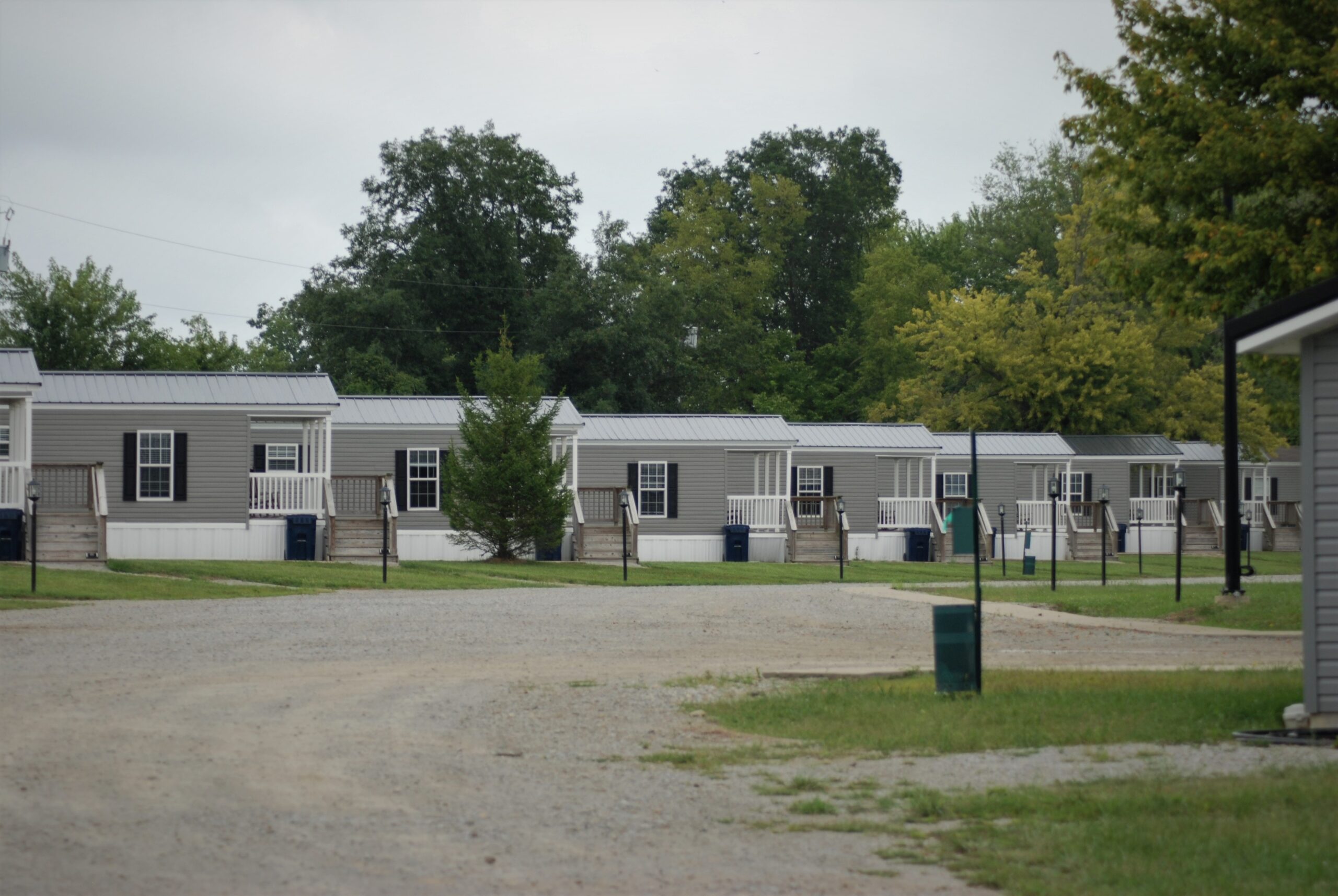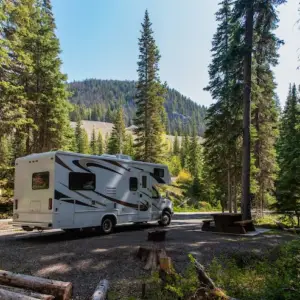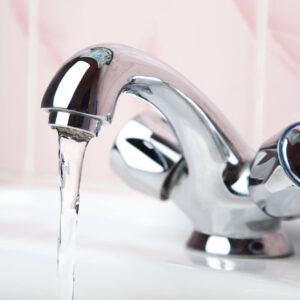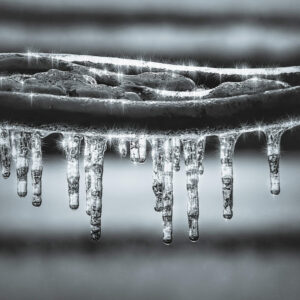How Long Does A Static Caravan Last? Thinking about investing in a static caravan? One of the most common questions that prospective buyers have is: “How long does a static caravan last?”
Whether you’re considering purchasing a static caravan for personal use or as a source of rental income, it’s important to understand the lifespan of this type of accommodation.
In this article, we will explore the factors that affect the longevity of a static caravan and provide insights into how to extend its lifespan. From the materials used in construction to regular maintenance and the impact of environmental factors, we will cover everything you need to know to make an informed decision.
So if you’re curious about the lifespan of static caravans and want to ensure that your investment is a wise one, keep reading. By the end of this article, you’ll have a clear understanding of how long you can expect your static caravan to last and the steps you can take to maximise its longevity.
What is a static caravan?
A static caravan, also known as a mobile home or holiday home, is a type of accommodation that is designed to be moved to different locations but is primarily used in a fixed location. It is constructed using lightweight materials and is usually transported to its destination by a towing vehicle.
Once in place, it is secured and connected to utilities such as electricity, water, and sewage systems.
Static caravans come in various sizes and layouts, offering amenities similar to a traditional home, including bedrooms, bathrooms, kitchens, and living areas. They are a popular choice for holidaymakers looking for a comfortable and affordable way to enjoy vacations or for individuals and families who want a more permanent holiday residence.
Static caravans are typically manufactured in factories and are built to withstand the rigors of transportation and outdoor living.
The construction materials used for static caravans vary, but they often include steel or aluminium frames, timber or composite walls, and plastic or metal roofs. These materials provide durability and weather resistance, ensuring that the caravan can withstand the elements while maintaining its structural integrity.
However, despite the robust construction, static caravans are not designed to last forever. The lifespan of a static caravan depends on several factors, which we will explore in the following sections.
How Long Does A Static Caravan Last? Factors that affect the lifespan of a static caravan
Several factors can influence the lifespan of a static caravan. Understanding these factors can help you make an informed decision when purchasing a static caravan and enable you to take the necessary steps to extend its longevity.
- Construction quality: The quality of construction materials and techniques used in the manufacturing of a static caravan plays a significant role in determining its lifespan. Caravans built with high-quality materials and superior craftsmanship are likely to last longer than those constructed with lower-grade materials and techniques. When researching and comparing different static caravan models, pay attention to the construction specifications and look for reputable manufacturers known for their quality and attention to detail.
- Usage and maintenance: The frequency and intensity of use, as well as the level of maintenance, can impact the lifespan of a static caravan. Caravans that are used more frequently and subjected to heavy wear and tear may require more maintenance and repairs over time. Regular cleaning, inspections, and addressing any issues promptly can help prevent minor problems from turning into major ones. Additionally, following the manufacturer’s maintenance guidelines and servicing the caravan’s components, such as the heating and plumbing systems, can contribute to its longevity.
- Environmental factors: The environment in which a static caravan is located can significantly affect its lifespan. Exposure to harsh weather conditions, such as extreme temperatures, heavy rain, strong winds, and high humidity, can accelerate the deterioration of materials and components. Caravans situated in coastal areas may also be exposed to saltwater, which can cause corrosion and rust. Furthermore, the presence of trees or vegetation near the caravan can lead to issues such as dampness, mold, and damage from falling branches. Considering the environmental factors when choosing the location for your static caravan and taking appropriate measures to protect it can help prolong its lifespan.
Average lifespan of a static caravan
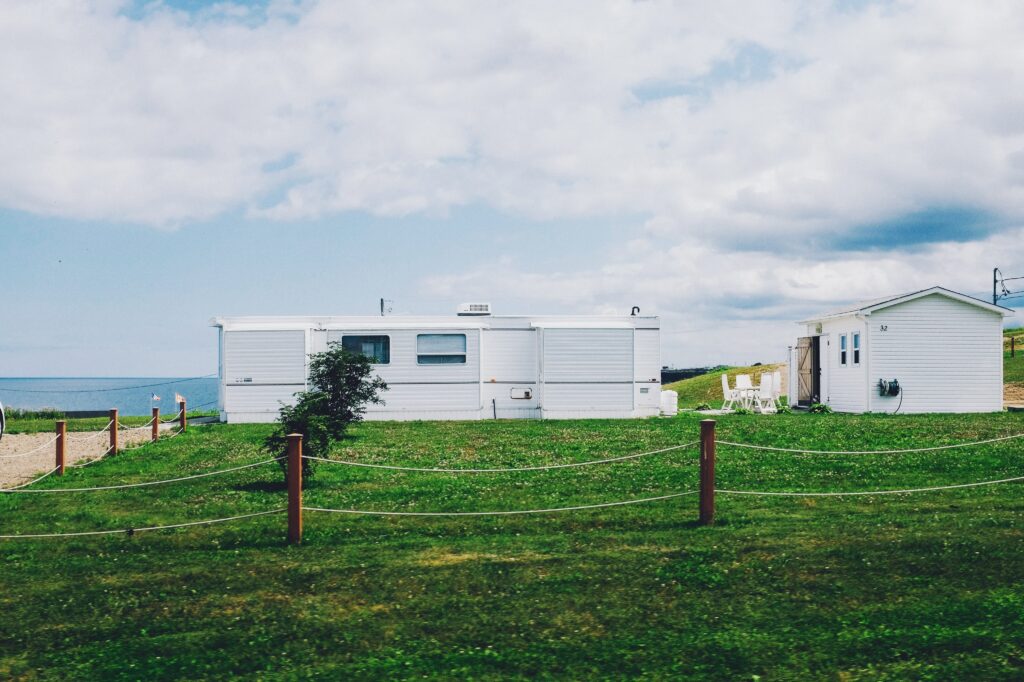
The average lifespan of a static caravan varies depending on the factors mentioned earlier. Generally, a well-maintained static caravan can last between 10 and 20 years.
However, it is essential to note that this is a rough estimate, and individual caravans may have different lifespans based on their specific circumstances. Some caravans may last longer with proper care and maintenance, while others may require more frequent repairs or replacements due to various factors.
It is worth mentioning that the lifespan of a static caravan does not solely depend on its structural integrity. The interior components, such as appliances, furniture, and fixtures, may also require replacement or upgrades over time.
These components may wear out or become outdated, impacting the overall functionality and appeal of the caravan. Therefore, it is essential to consider both the structural lifespan and the lifespan of interior components when assessing the overall longevity of a static caravan.
Signs that your static caravan needs maintenance or repairs
Regularly inspecting your static caravan for signs of damage or wear and tear can help you identify and address issues before they worsen. Here are some common signs that your static caravan may require maintenance or repairs:
- Dampness or leaks: If you notice damp patches, water stains, or a musty odor inside your caravan, it could indicate a leak or moisture-related issue. Dampness can lead to mold growth, rot, and structural damage if left untreated. Addressing these issues promptly can help prevent further damage and maintain the integrity of your caravan.
- Cracks or damage to the exterior: Inspect the exterior of your caravan regularly for any cracks, loose panels, or other signs of damage. These issues can compromise the weatherproofing and structural stability of the caravan. Repairing or replacing damaged exterior components can help prevent further damage and maintain the longevity of your caravan.
- Uneven floors or sagging ceilings: If you notice that the floors are uneven or the ceilings are sagging, it could be a sign of underlying structural problems. These issues may be caused by deteriorating support beams or water damage. Consulting a professional to assess and repair the structural integrity of your caravan is crucial in such cases.
- Faulty appliances or systems: If your caravan’s appliances, heating, plumbing, or electrical systems are not functioning correctly, it may indicate the need for repairs or replacements. Faulty systems can not only affect your comfort and convenience but also potentially lead to more significant issues if left unaddressed.
- Excessive wear and tear: Pay attention to the general condition of your caravan, including the furniture, flooring, and fixtures. Excessive wear and tear may require refurbishment or replacement to maintain the aesthetics and functionality of your caravan.
Extending the lifespan of your static caravan through regular maintenance
Regular maintenance is key to extending the lifespan of your static caravan. Here are some essential maintenance tasks that you should consider:
- Cleaning: Regularly clean both the interior and exterior of your caravan to remove dirt, dust, and debris. Clean the windows, walls, floors, and furniture using appropriate cleaning agents and methods recommended by the manufacturer. Additionally, clean the gutters and ensure that they are clear of leaves and other obstructions.
- Inspecting for damage: Routinely inspect your caravan for any signs of damage, as mentioned earlier. Regular inspections can help you identify and address issues before they worsen, potentially saving you from costly repairs down the line.
- Sealing and weatherproofing: Check the seals around windows, doors, and other openings to ensure they are intact and in good condition. Replace any worn-out or damaged seals to prevent water infiltration and drafts. Additionally, inspect the roof for any signs of damage or loose tiles and repair as necessary.
- Servicing systems: Regularly service the heating, plumbing, and electrical systems in your static caravan. This includes checking for leaks, ensuring proper functioning, and addressing any issues promptly. Consider hiring professionals to service these systems to ensure they are in optimal condition.
- Winterising: If you live in an area with harsh winters, it is important to winterise your static caravan. This involves draining the water systems, insulating pipes, and taking measures to protect the caravan from freezing temperatures and snow accumulation. Follow the manufacturer’s guidelines or seek professional advice on how to properly winterise your caravan.
By following these maintenance practices, you can prolong the lifespan of your static caravan and minimize the risk of costly repairs or replacements.
Tips for preserving the condition of your static caravan
In addition to regular maintenance, there are several tips and practices you can adopt to preserve the condition of your static caravan:
- Proper ventilation: Ensure that your caravan is adequately ventilated to prevent moisture buildup, which can lead to mould growth and dampness. Open windows and use extractor fans when cooking or showering to allow fresh air to circulate.
- Avoid overloading: Be mindful of the weight limits and load distribution within your static caravan. Exceeding weight limits or placing excessive weight on specific areas can strain the structure and cause damage over time.
- Control humidity: Use dehumidifiers or moisture-absorbing products to control humidity levels within your caravan. This can help prevent condensation and dampness, which can lead to structural issues and mold growth.
- Protect against pests: Take measures to keep pests, such as rodents and insects, out of your static caravan. Seal any potential entry points, keep food stored securely, and consider using pest control methods if needed.
- Avoid harsh cleaning agents: When cleaning your caravan, use gentle cleaning agents that are suitable for the materials and surfaces. Harsh chemicals can cause damage and deterioration over time.
By implementing these tips, you can maintain the condition and longevity of your static caravan, ensuring that you can enjoy it for years to come.
Upgrading and modernising your static caravan
While regular maintenance can help extend the lifespan of your static caravan, there may come a time when you want to upgrade or modernise certain aspects of it.
Upgrading your caravan can enhance its functionality, aesthetics, and overall appeal. Here are some areas you may consider upgrading:
- Interior fixtures and furnishings: Upgrading the fixtures, such as taps, sinks, and lighting fixtures, can give your caravan a fresh and modern look. Additionally, replacing worn-out or outdated furniture and soft furnishings can improve comfort and aesthetics.
- Appliances: If your caravan’s appliances are outdated or no longer meet your needs, consider upgrading them. Newer models often offer improved energy efficiency and advanced features that can enhance your overall experience.
- Insulation and energy efficiency: Improving the insulation of your static caravan can help regulate temperature and reduce heat loss, making it more energy-efficient. Upgrading windows and doors to double glazing can also contribute to improved insulation and noise reduction.
- Technology and entertainment: Incorporating modern technology and entertainment systems, such as smart home features, audiovisual systems, and high-speed internet connectivity, can enhance your caravan’s functionality and entertainment options.
When considering upgrades, it is essential to ensure that they align with the structural capabilities and specifications of your caravan.
Consulting professionals or experienced contractors can help guide you through the upgrade process and ensure that the modifications are compatible with your caravan.
Selling or disposing of an old static caravan
If you reach a point where your static caravan is no longer meeting your needs or has exceeded its usable lifespan, you may consider selling or disposing of it. Here are some options to consider:
- Sell privately: If your caravan is still in good condition and has market value, you can advertise it for sale privately. Platforms such as online classifieds, social media groups, or specialized caravan sales websites can help you connect with potential buyers. Ensure that you provide accurate and detailed information about the caravan’s condition and history to attract genuine buyers.
- Trade-in or sell to a dealer: Some caravan dealers or manufacturers may offer trade-in options or buy back your caravan. While this may result in a lower selling price compared to a private sale, it can provide a convenient and hassle-free option for disposing of your old caravan.
- Donate or repurpose: If your caravan is no longer suitable for use or sale, you may consider donating it to charitable organizations, community groups, or individuals in need. Alternatively, you can repurpose the caravan for other uses, such as a storage shed, garden office, or additional accommodation on your property.
When selling or disposing of your old caravan, ensure that you follow any legal requirements, such as transferring ownership or obtaining necessary permits.
Additionally, consider the environmental impact and explore eco-friendly disposal options if available.
Static caravan insurance considerations
Protecting your static caravan with suitable insurance coverage is essential to safeguard your investment. Here are some key considerations when choosing static caravan insurance:

- Coverage options: Look for insurance policies that provide comprehensive coverage for various risks, including accidental damage, theft, fire, storm damage, and public liability. Assess your needs and choose a policy that offers adequate protection for your caravan and its contents.
- Valuation and replacement: Ensure that the insurance policy covers the value of your caravan adequately. Consider whether the policy provides for new-for-old replacement or if it takes into account depreciation over time.
- Additional coverage: Some insurance policies offer additional coverage options, such as emergency accommodation or alternative accommodation if your caravan becomes uninhabitable due to an insured event. Evaluate these additional coverage options and consider their relevance to your specific circumstances.
- Excess and premiums: Compare the excess amount and premium costs among different insurance providers. Find a balance between affordable premiums and an excess amount that you can comfortably afford in the event of a claim.
- Policy terms and conditions: Read the policy terms and conditions carefully to understand what is covered, any exclusions or limitations, and the claims process. Ensure that you comply with any requirements, such as security measures or regular maintenance, to maintain coverage.
Consulting insurance professionals or brokers can help you navigate the options and find a suitable insurance policy that meets your specific needs and provides you with peace of mind.
Conclusion: Making the most of your static caravan’s lifespan
Understanding the lifespan of a static caravan is crucial when considering an investment in this type of accommodation.
By considering factors such as construction quality, maintenance, environmental factors, and usage, you can make informed decisions that maximise the longevity of your static caravan.
Regular maintenance, proper care, and addressing issues promptly will help extend its lifespan and ensure that you can enjoy your caravan for many years.
